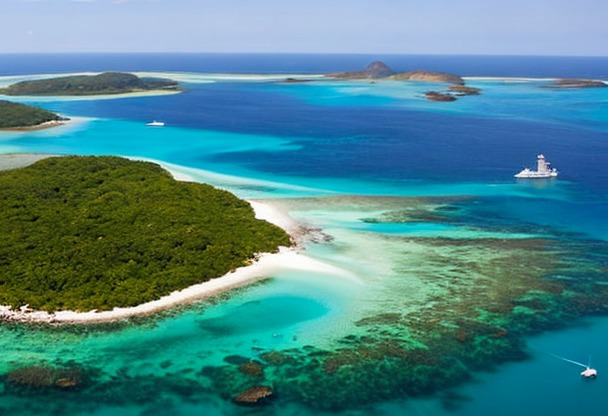WHEN TO TRAVEL TO THE U.S. Minor Outlying Islands
Choosing the right time for your trip to the U.S. Minor Outlying Islands can make all the difference. It's important to consider weather elements, seasonal events and peak tourist periods to maximize your travel experience.

Location
Climate
When to go to the US Minor Outlying Islands?
The U.S. Minor Outlying Islands are located in different geographical regions with different climates. The ideal time to visit these islands therefore depends on the temperature chart and the local weather.Caribbean Islands
The U.S. Virgin Islands and Puerto Rico are part of this region. The best time to visit is from December to AprilThe best time to visit is during the dry season, when temperatures are pleasant and the risk of rain is low. However, prices are often higher during this period.Pacific Ocean
Guam and the Northern Mariana Islands are located in the Pacific Ocean. The dry season lasts from December to June with average temperatures around 28°C. This period is therefore ideal for outdoor activities and discovering the natural and cultural riches of these islands.Low and high season periods
There low season in the US Minor Outlying Islands generally corresponds to the rainy season, with the risk of hurricanes and tropical storms, especially in the Caribbean Sea islands. Prices for accommodation and activities are often more affordable during this period. Visit high season coincides with the dry season and school vacations in the United States. Prices can be higher and tourist sites more crowded. It is therefore advisable to book in advance to make the most of your stay.Public holidays and major cultural events
In the U.S. Minor Outlying Islands, American holidays are generally celebrated in the same way as on the mainland. Among the most important are:- New Year's Day (January 1): New Year festivities are very popular on these islands, with fireworks and open-air concerts.
- Memorial Day (last Monday in May): a day to pay tribute to fallen American soldiers.
- Independence Day (July 4): celebration of the U.S. Declaration of Independence with fireworks, parades and picnics.
- Labour Day (first Monday in September): a day to celebrate American workers and mark the end of summer.
- Thanksgiving Day (fourth Thursday in November): a traditional American celebration of thanksgiving and family meals.
- Christmas Day (December 25): Christmas festivities abound in the U.S. Minor Outlying Islands, with illuminations and Christmas markets.
U.S. Virgin Islands
- Carnaval de Saint-Thomas (April): a major carnival with colorful parades, concerts and calypso competitions.
- The St. John Festival (June/July): a celebration of local culture with parades, dances and shows.
Puerto Rico
- La SanSe (January): a street festival in San Juan with parades, concerts and typical food stalls.
- The Chiringa Festival (April): a family event where kites are made and launched into the sky on Ocean Park beach.
Guam
- Guam Liberation Day (July 21): a commemoration of the island's liberation by American forces in 1944, with parades and ceremonies.
- Guam Arts and Culture Festival (November): an event featuring local artists and Chamorro traditions, with shows and workshops.
Insurance
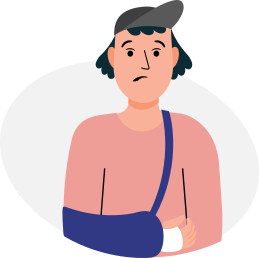
Your credit card does not cover you in all situations, that is whyIt is essential to take out insurance before you leave to avoid any unpleasant surprises. If you need to see a doctor or be hospitalized, in some countries, medical costs are very high and you will then find yourself having to pay several thousand euros.
Our partner Chapka Insurance proposes the contract CAP ASSISTANCE 24/24 with many essential guarantees.
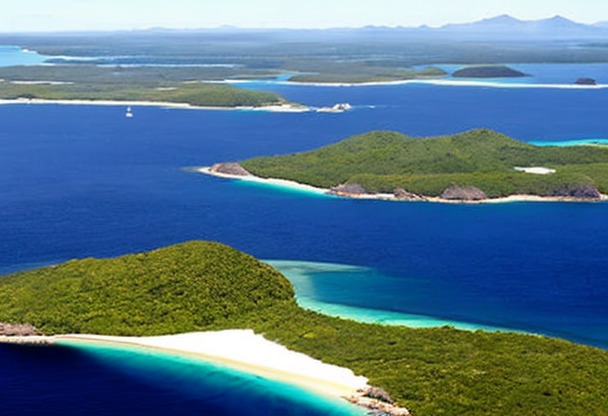
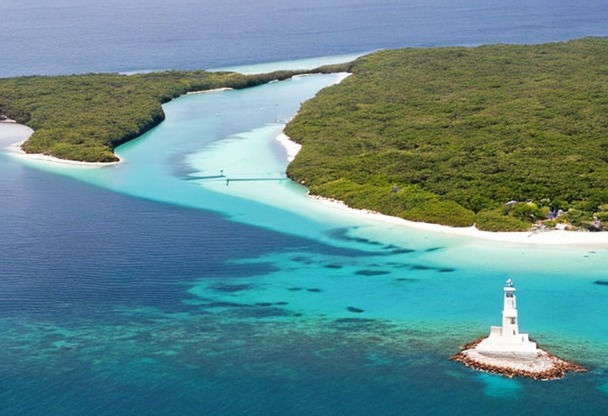
Flights
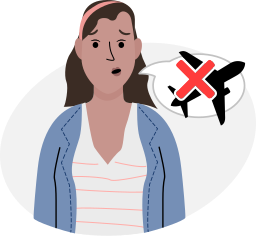
Your flight has been cancelled or delayed ?
You may be eligible for a compensation of up to €600 ! For this, lawyers are responsible for handling your claim with the airline and are only paid when the reimbursement is effective.
In conclusion, no financial risk for you, only advantages!
Demographics and immigration
According to available data, the total population of the U.S. Minor Outlying Islands is relatively small, with around 300 inhabitants spread across the various islands. The most densely populated islands are Midway and Wake. The majority of the population is made up of U.S. military and civilian personnel, as well as contractors working on military bases in the region.Most popular visas
Due to the small population and predominantly military nature of the facilities on the islands, the most requested visas for the U.S. Minor Outlying Islands are related to employment and professional activities :- H-1B visa for temporary workers specializing in a particular field, such as engineers, IT specialists or researchers.
- Visa L-1 for intra-company transfers of managers, executives or employees with specialized knowledge.
- O-1 visa awarded to people with extraordinary abilities in the sciences, arts, education, business or sport.
International tourism figures
Tourism in the U.S. Minor Outlying Islands is mainly focused on theecotourism and discover the local flora and fauna. Among the islands that attract the most tourists are :- The Midway Islands: famous for their military history and endemic seabirds.
- Wake Island: a popular destination for scuba diving and fishing.
- Palmyra Islands and Kingman Reef: offering a unique ecosystem with preserved coral reefs and exceptional marine biodiversity.
Impact of tourism on the environment
Ecotourism in the U.S. Minor Outlying Islands is generally considered to have a positive impact on the environment, contributing to the preservation and conservation of local ecosystems. However, it is essential to ensure that tourism activities are conducted in a responsible and sustainable manner. Measures put in place to protect the environment include:- Limiting the number of visitors authorized to access the islands.
- The establishment of protected areas and nature reserves to preserve biodiversity.
- The development of environmentally-friendly ecotourism infrastructures and services.
